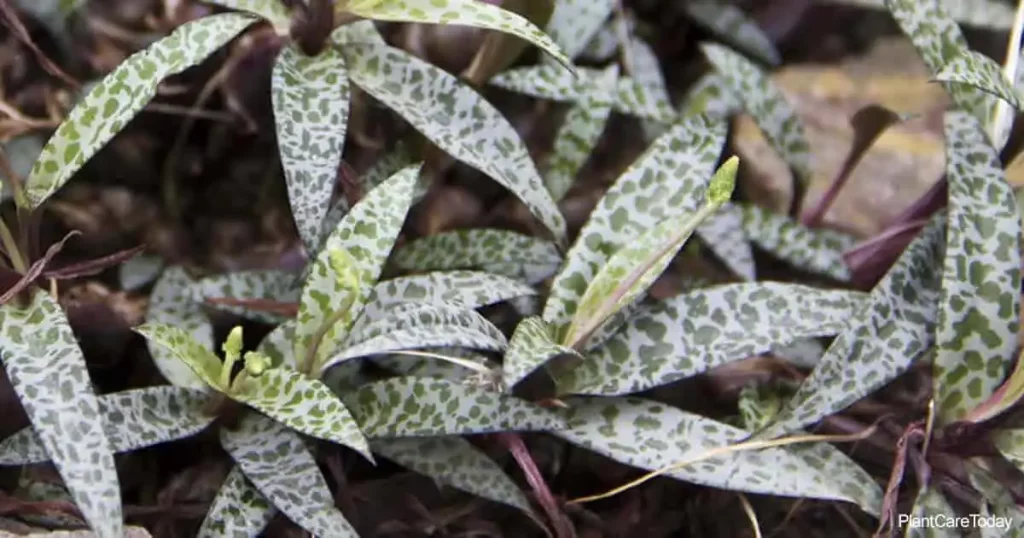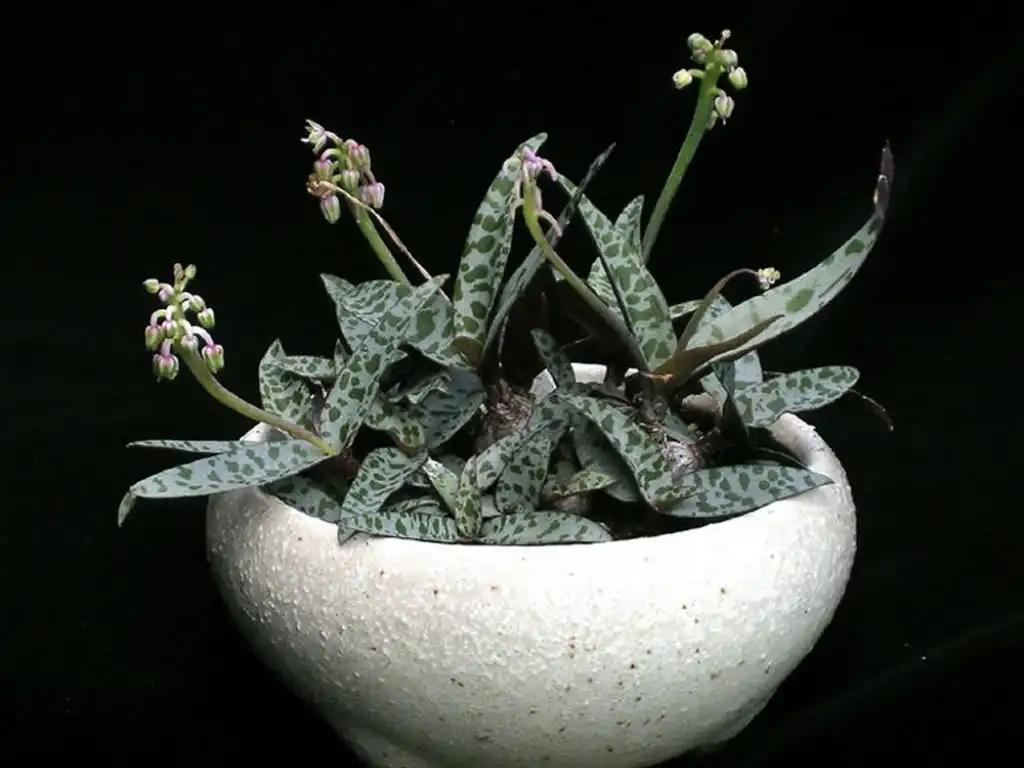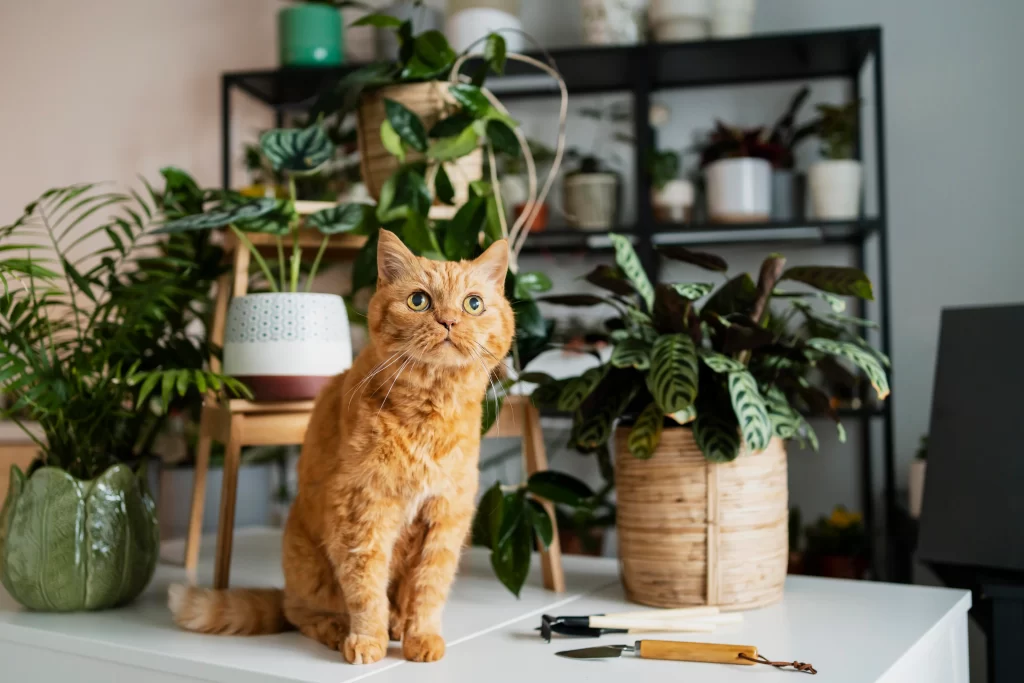The Silver Squill, scientifically known as Ledebouria pauciflora and called Ledebouria socialis ‘Violacea’ in a specific variant, belongs to the Asparagaceae plant family. This adorable succulent has teardrop-shaped bulbs that pop up above the ground. They look like tiny purple bladders and serve as moisture storage structures. However, many plants have toxic profiles, like Silver Squills contains oxalic acid a primary toxic component, that is toxic to animal companions like cats.
It features silver-patterned leaves with a height and width of approximately 6 inches. It thrives in high light conditions to keep the Silver Squill blossom and prefers low water levels. Placing it in a 4-inch pot is suitable for its growth. The Silver Squill adds a touch to any architectural space with its size and striking silver foliage.

Toxicity in Plants
Plant toxins, as food components of plant origin, encompass a variety of low-molecular-weight endogenous toxins and secondary metabolites. Secondary metabolites are plant-specific compounds that contribute to characteristics such as pigmentation, flavor, and defense mechanisms. However, some of these secondary metabolites can pose toxicity risks when ingested orally. Moreover, plant toxins are classified based on their structural and chemical properties.
Read: Is Christmas Cactus Poisonous to Cats?
The Toxicity Profile of Asparagaceae plant family
The Asparagaceae plant family member, Drimia maritima, exhibits a complex toxicity profile. However, careful consideration is essential due to its traditional medicinal uses, potentially harmful chemical constituents, and associated symptoms upon ingestion.
The highest concentrations of toxins are typically found in the bulb[1]Zuzana S, Toxicity of House Plants to Pet Animals. Toxins 2023, 15, 346. https://doi.org/10.3390/toxins15050346. Read, emphasizing the need for caution in handling and usage.
Chemical Composition:
- Saponins: It is found in the plant with an irritating effect.
- Alkaloids:
- Oxalate Crystals: It is found in the bulb of the plant.
Symptoms of Ingestion:
- Skin irritation, vomiting.
- weakness.
- Possible symptoms in cats: Mydriasis and tachycardia.
- Severe cases may lead to paralysis.
Toxins Contain in Silver Squill
The Silver Squill (Ledebouria pauciflora or Ledebouria socialis ‘Violacea’) contains toxic components[2]Toxicity Profile of Silver Squill in Cats. Read, specifically oxalic acid. Oxalic acid is commonly found in many plants as oxalate crystals. In some plants, including Silver Squill, the bulbs may have higher concentrations of toxin substances like oxalic acid[3]Poisionous in Silver Squill Bulb. Read. Oxalates found in various plants, oxalates can form crystals. In addition, it can cause irritation or discomfort if ingested in significant amounts.

Why are cats attracted to plants?
Plants can attract cats for various reasons, and their behavior varies depending on the cat. The textures and scents of some plants are attractive to cats. They may find certain plants intriguing or pleasing to smell, and the texture of their leaves may be satisfying to chew. According to some theories, it could be for dietary purposes or digestion aid. Some plants can seriously compromise the health of cats, but others may pose no harmful effects[4]Poisonous Plant. Read. Despite this, watching for signs of plant poisoning in cats is imperative. In addition, you can redirect your cat’s attention away from potentially harmful plants by providing interactive toys or designated chewing items.
Read: Is Silver Squill Toxic to Dogs? – Understanding the Toxicity Risk
Symptoms of Toxicity Exposure in Cats
Toxic substance ingestion in cats can manifest in various symptoms. This includes repeated vomiting, diarrhea accompanied by abdominal pain, lethargy, loss of appetite, difficulty breathing, excessive drooling, uncoordinated movements, changes in behavior (such as unusual aggression), and an increased heart rate. However, recognizing these signs is vital for prompt veterinary intervention in accidental exposure or poisoning and the cat’s overall health.
Read: Kalanchoe Blossfeldiana – Propagation, Care, and Toxicity

Conclusion
Almost all the asparagus family plants have poisonous substances in their plant parts. The Silver Squill plants are toxic to cats and other household animal companions and carry a cautionary note for pet owners. This article has demonstrated the toxicity profile of the asparagus family and silver squill and why cats are attracted to plants.



